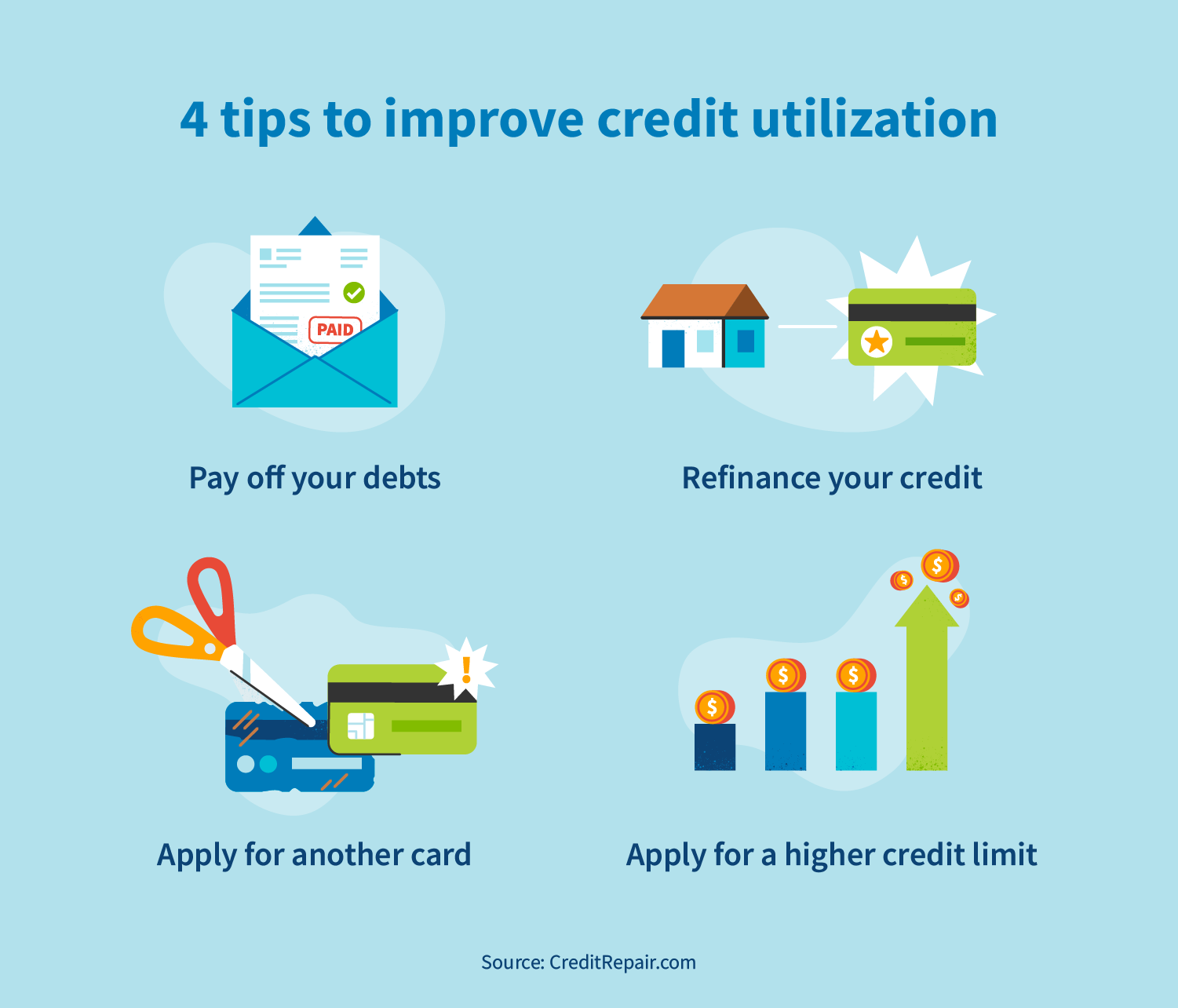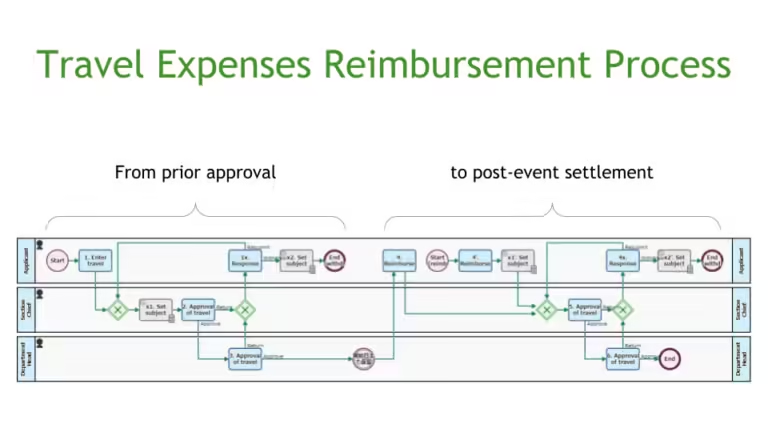Credit Card Utilization Tips: Maximize Your Score Today!
Managing your credit card utilization is crucial for maintaining a healthy credit score. Proper utilization can save you money and improve your financial health.
Understanding how to use your credit card wisely can seem daunting, but it doesn’t have to be. Credit card utilization refers to the ratio of your credit card balance to your credit limit. Keeping this ratio low is important for a good credit score. By staying informed and practicing responsible usage, you can leverage your credit card to your advantage. This guide will provide practical tips to help you manage your credit card utilization effectively. Whether you’re new to credit or looking to improve your financial habits, these tips will set you on the right path. For more on managing finances, consider checking out the VIALET Business Account.

Introduction To Credit Card Utilization
Understanding credit card utilization is crucial for managing your finances. Proper utilization can help maintain a healthy credit score, offering various financial benefits. Below, we will explore key aspects of credit card utilization and its importance in your credit score.
Understanding Credit Utilization
Credit utilization refers to the amount of credit you are using compared to your total available credit. It is expressed as a percentage. For example, if you have a credit limit of $10,000 and you have used $2,500, your credit utilization rate is 25%.
Maintaining a low credit utilization rate is vital. Experts recommend keeping it below 30%. This shows lenders that you are responsible with your credit and not overspending.
The Importance Of Credit Utilization In Your Credit Score
Credit utilization significantly impacts your credit score. It accounts for about 30% of your FICO score, making it a crucial factor in financial health.
A high credit utilization rate can lower your credit score. This indicates you are using a lot of your available credit, which can be a red flag to lenders. On the other hand, a low utilization rate suggests you manage your credit well.
Consider these tips to maintain a good credit utilization rate:
- Pay off your balances in full each month
- Increase your credit limit
- Keep old credit card accounts open
- Use multiple credit cards and distribute expenses
Remember, VIALET Business Account offers various features that can help manage your business finances efficiently. With options like instant money transfers and multiple IBANs, VIALET can be a valuable tool in your financial management strategy.
For more information, visit the VIALET website.

Key Tips To Optimize Your Credit Card Utilization
Optimizing your credit card utilization is crucial for maintaining a healthy credit score. Below are some essential tips that can help you manage your credit cards effectively and keep your credit utilization low.
Keep Your Credit Card Balances Low
Maintaining low balances on your credit cards can significantly improve your credit score. Aim to use less than 30% of your total credit limit. This demonstrates responsible credit management and positively impacts your credit score.
| Credit Limit | Suggested Balance |
|---|---|
| $1,000 | < $300 |
| $5,000 | < $1,500 |
Pay Your Bills On Time
Timely bill payments are essential for maintaining a good credit score. Set reminders or automate payments to ensure you never miss a due date. Consistent on-time payments show lenders you are reliable and can be trusted with credit.
- Set up automatic payments
- Use calendar reminders
- Consider paying twice a month
Increase Your Credit Limit
Increasing your credit limit can lower your credit utilization ratio. You can request a credit limit increase from your card issuer. This strategy works if you maintain the same spending levels and do not accumulate more debt.
For example, if your limit increases from $2,000 to $4,000, your spending should remain under $1,200 to keep the utilization low.
Avoid Closing Old Credit Cards
Old credit cards contribute to the length of your credit history, which impacts your credit score. Keep old cards open even if you no longer use them frequently. This helps maintain a longer credit history and a better score.
For instance, if you have a card that has been open for ten years, it is beneficial to keep it active.
For more information on managing your business finances efficiently, consider using a VIALET Business Account. It offers flexible business accounts, instant money transfers, and robust security features. Visit VIALET to learn more.
How Specific Strategies Benefit Your Credit Score
Boosting your credit score requires strategic management of your credit cards. These strategies help manage debt and improve your credit rating. Let’s explore three key strategies.
Balancing Multiple Credit Cards
Managing multiple credit cards can be tricky but beneficial. Spread your expenses evenly across your cards. This keeps your credit utilization ratio low. Aim for a ratio below 30% of your total credit limit. Here’s a simple table to illustrate:
| Card | Credit Limit | Balance | Utilization Ratio |
|---|---|---|---|
| Card A | $5,000 | $1,000 | 20% |
| Card B | $3,000 | $600 | 20% |
This practice shows responsible credit usage and positively impacts your credit score.
Using Balance Transfer Offers Wisely
Balance transfer offers can lower your interest rates. Transfer high-interest balances to a new card with a lower rate. This saves money on interest and helps pay down debt faster. Follow these steps:
- Identify a card with a low or 0% introductory rate.
- Transfer high-interest balances to this card.
- Pay off the balance before the introductory period ends.
Using this strategy wisely can significantly reduce your debt and improve your credit score.
Monitoring Your Credit Report Regularly
Regularly checking your credit report is essential. This helps catch errors and identify fraudulent activity early. Follow these tips:
- Request a free credit report annually from major bureaus.
- Review each report for inaccuracies.
- Dispute any errors with the credit bureau.
Staying on top of your credit report ensures your score accurately reflects your credit history.
Implementing these strategies can lead to a healthier credit score. For business accounts, consider VIALET Business Account for efficient financial management. Visit VIALET for more details.
Common Mistakes To Avoid
Managing credit card utilization wisely is crucial. Avoid common mistakes to maintain a healthy credit score and improve your financial well-being. Here are some pitfalls to watch out for:
Maxing Out Your Credit Cards
One major mistake is maxing out your credit cards. This can significantly impact your credit score. Try to keep your balances low. Aim to use less than 30% of your available credit limit. High balances can signal financial distress to lenders.
Ignoring Your Credit Utilization Ratio
Many people ignore their credit utilization ratio. This ratio is the percentage of your total credit limit that you are using. A high ratio can negatively affect your credit score. Regularly monitor your ratio. Try to keep it below 30% for optimal credit health.
Applying For Multiple Credit Cards In A Short Time
Applying for multiple credit cards in a short time can hurt your credit score. Each application triggers a hard inquiry on your credit report. Multiple inquiries in a short period can lower your score. Space out your applications. This helps maintain your credit health.
Being aware of these common mistakes can help you better manage your credit card utilization. Avoid maxing out your cards, keep an eye on your credit utilization ratio, and be mindful of how often you apply for new credit.
Pricing And Affordability Breakdown
Understanding the cost of credit card usage is crucial for managing finances. This section covers key aspects like interest rates, balance transfers, and rewards programs. Let’s dive into the details to help you make informed decisions.
Understanding Interest Rates And Fees
Credit cards come with various interest rates and fees. Knowing these can save you money. Interest rates are the charges you pay for borrowing money. They vary based on your credit score and card type. Annual Percentage Rate (APR) is the yearly cost of borrowing, including interest and fees.
Common Fees:
- Annual Fee: A yearly charge for using the card.
- Late Payment Fee: A charge for missing a payment deadline.
- Cash Advance Fee: A fee for withdrawing cash from your credit limit.
Understanding these fees helps in choosing the right credit card. It also aids in avoiding unnecessary charges.
How Balance Transfers Can Save Money
Balance transfers can be a smart move. They allow you to move debt from a high-interest card to one with a lower rate. Many cards offer introductory 0% APR on balance transfers. This can reduce the interest you pay, saving you money.
Steps to Consider:
- Check the balance transfer fee. Some cards charge a percentage of the amount transferred.
- Know the duration of the introductory 0% APR period. Plan to pay off the debt within this time.
- Ensure the new card’s regular APR is lower than your current card’s.
Balance transfers can help manage debt more effectively. They can also improve your credit utilization ratio.
Comparing Credit Card Rewards Programs
Credit card rewards programs offer benefits for using your card. These can be cash back, points, or travel miles. Choosing the right rewards program depends on your spending habits.
| Reward Type | Benefits |
|---|---|
| Cash Back | Get a percentage of your spending back as cash. |
| Points | Earn points for purchases, which can be redeemed for gifts or services. |
| Travel Miles | Accumulate miles for travel-related expenses. |
Think about what rewards matter most to you. Cash back is versatile and straightforward. Points can be used for a variety of rewards. Travel miles are great for frequent travelers.
Picking the right rewards program can maximize the benefits of your spending. It can also offer valuable perks tailored to your lifestyle.
Pros And Cons Of Managing Credit Card Utilization
Managing credit card utilization can impact your financial health significantly. This section discusses the pros and cons to help you understand how it can affect your credit score and spending habits. Knowing these can guide you in making better financial decisions.
Pros: Improved Credit Score
One of the main benefits of managing credit card utilization is an improved credit score. Keeping your credit card balances low relative to your credit limit can positively affect your credit score. This shows lenders that you are responsible with credit.
- Lower utilization rates can lead to better credit ratings.
- High credit scores can open doors to various financial opportunities.
Pros: Better Loan Terms
Another advantage is securing better loan terms. With a good credit score, you may qualify for loans with lower interest rates and better repayment terms.
| Credit Score | Loan Interest Rate |
|---|---|
| Excellent | Lower |
| Good | Moderate |
| Fair | Higher |
Cons: Potential For Increased Debt
One of the downsides of managing credit card utilization is the potential for increased debt. Keeping track of multiple cards and balances can be challenging. This can lead to overspending and accumulating more debt.
- Multiple cards can lead to higher total debt.
- Tracking balances can become complicated.
Cons: Overspending Risks
Managing credit card utilization also comes with overspending risks. Having available credit might tempt you to spend more than you can afford.
- Available credit can lead to unnecessary purchases.
- Overspending can hurt your financial stability.
Recommendations For Ideal Users And Scenarios
Using a credit card wisely can significantly benefit your financial health. Here are some practical tips for different types of users and scenarios.
For New Credit Card Users
If you are new to credit cards, it’s essential to start with the basics. Here are some tips:
- Start Small: Begin with a credit card that has a low credit limit. This helps you manage your spending and avoid debt.
- Pay on Time: Always pay your credit card bill on time to avoid late fees and interest charges.
- Monitor Your Spending: Use your card for small, manageable purchases. Track your expenses to ensure you stay within your budget.
- Understand Fees: Familiarize yourself with any fees associated with your card, such as annual fees or foreign transaction fees.
For Those Looking To Improve Their Credit Score
Improving your credit score requires discipline and strategic use of your credit card. Here are some recommendations:
- Keep Utilization Low: Aim to use no more than 30% of your credit limit. This shows lenders you can manage credit responsibly.
- Pay in Full: Whenever possible, pay your balance in full each month. This prevents interest charges and keeps your debt low.
- Regular Payments: Make payments more frequently than just once a month. This can help reduce your balance quickly.
- Dispute Errors: Regularly check your credit report for errors and dispute any inaccuracies promptly.
For Individuals Managing Multiple Credit Cards
Managing multiple credit cards can be challenging but manageable with the right strategies. Here are some tips:
- Organize Your Cards: Use a spreadsheet or app to track due dates, balances, and credit limits for each card.
- Prioritize Payments: Focus on paying off cards with the highest interest rates first to save money on interest.
- Set Up Alerts: Use payment reminders and alerts to ensure you never miss a due date.
- Consolidate Debt: If managing multiple cards is overwhelming, consider a balance transfer to consolidate your debt into one payment.

Frequently Asked Questions
What Is Credit Card Utilization?
Credit card utilization is the ratio of your credit card balances to your credit limits. It’s a key factor in your credit score. Keeping it low improves your credit rating.
How Does Utilization Affect Credit Score?
High credit card utilization can negatively impact your credit score. It’s best to keep utilization below 30%. This shows lenders you manage credit responsibly.
Why Should I Monitor My Credit Card Usage?
Monitoring helps you maintain low utilization rates. This positively influences your credit score and keeps your finances healthy. Regular checks prevent overspending.
Can Paying Off Balances Improve Utilization?
Yes, paying off your balances reduces your credit utilization rate. This can boost your credit score and shows responsible credit management.
Conclusion
Managing credit card utilization effectively is crucial. It helps improve your credit score. Remember to keep your credit utilization ratio low. Pay off balances in full whenever possible. Set reminders for payment due dates. This helps avoid late fees and interest charges. For business owners, consider using VIALET Business Account. It offers flexible business accounts, instant money transfers, and multiple IBANs. Adding team members and managing multi-currency payments is simple. Learn more about VIALET Business Account here.







